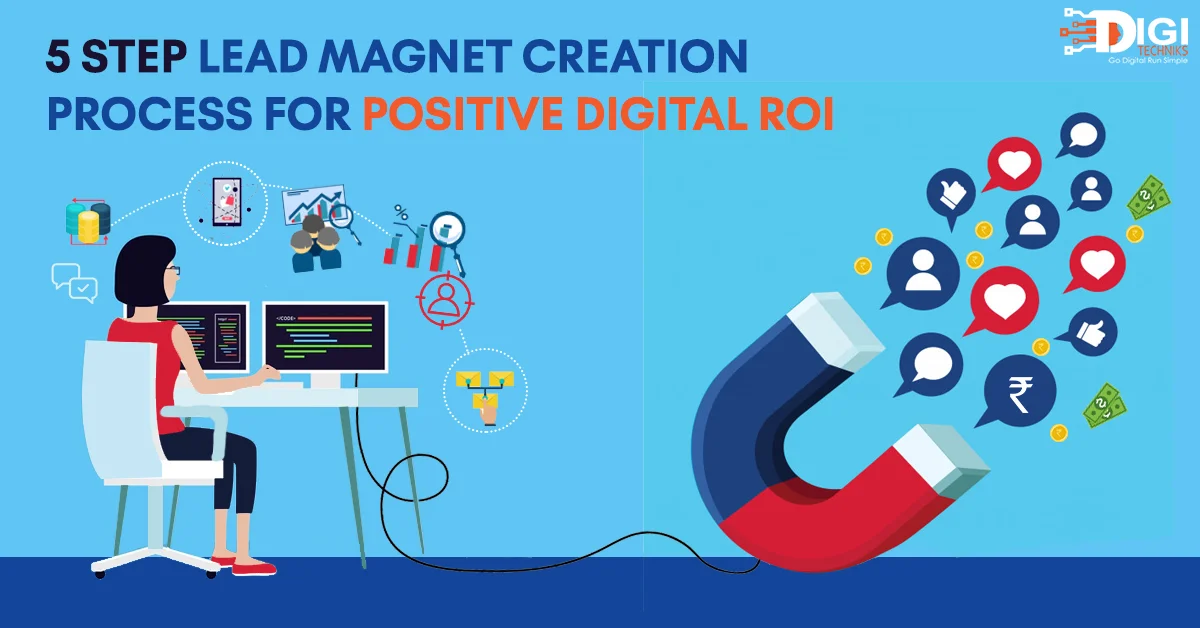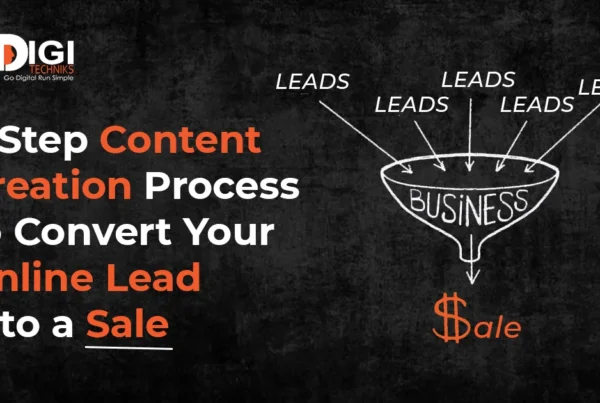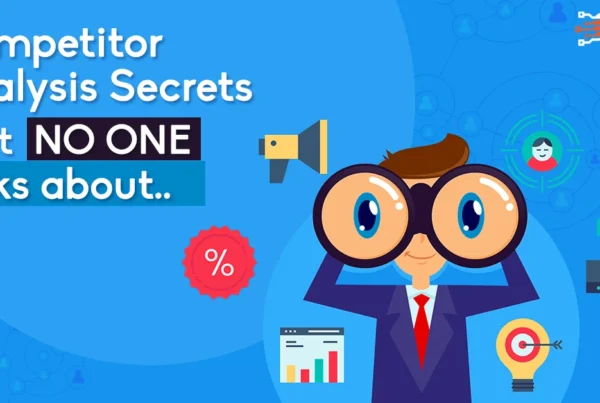
Every business owner and marketer that invests time and money into digital marketing efforts wants to generate leads and sales. However, the road to lead generation success isn’t an easy one.
With more and more businesses entering the digital space, the competition to grab customer’s attention is tougher than ever!
So, how do you get those coveted leads and turn them into real buyers? Your success starts with knowing who really needs what you’re selling. And, in order to do that, you must have a customer acquisition funnel and follow steps to validate it.
While you can read about these in our previous blog posts (by clicking on the links above), in this post we’re going to talk about something that plays a crucial role in your customer acquisition and lead generation efforts: Lead magnet.
You may or may not have heard the term “lead magnet” before, but there’s a pretty good chance that you’ve downloaded or used one of these at some point.
What are Lead Magnets?
A lead magnet is a freebie or free offering that you give to your target customers and collect their contact details in return. It could be in the form of a workshop, webinar, case study download, ebook download, a competition, or contest, to name a few.
Lead magnets act as a tool to gauge the need of your product/service in the market, hook your audience, and maximize the number of targeted leads
Why Do You Need a Lead Magnet?
If you don’t have a lead magnet, you are unlikely to acquire your desired market share and your customer acquisition cost will skyrocket because then, you’ll be trying to reach out to the market randomly. It’s simple — when you’re shooting in the dark, you’ll waste more bullets, plus, there’s no guarantee that you’ll hit the target. A lead magnet enlightens your path and gives you the direction to boost your reach and revenue.
From the perspective of customers, lead magnets provide them an incentive to try a product/service before they can commit to it. It also gives them a reason to hand over their contact information, which they may not be willing to do for free.
That’s the beauty and significance of lead magnets. They work because they offer a win-win deal for both parties.
By now, you probably have a fair idea of how important lead magnets are. Here are the steps to create them
1. Find the most common problems of your target customers
Profile your ideal audience persona and identify their problems and pain points. You can do this through market research, sending them surveys, collecting feedback, or simply by asking them questions.
2. Be specific about the problems that your business can solve
After you’ve spent time to know what’s bugging your customers and what’s keeping them up at night, narrow it down to most pressing problems that your product/service can solve. This will give you a clearer picture of what to focus on in order to truly strike a chord with your audience.
3. Focus on providing exclusive solutions
Products/services may already exist in the market that address many of the problems that your target audience faces. Your job is to pick the ones for which you can provide very unique solutions — the type that’s not readily available to them. In other words, offer solutions that only few businesses are offering. This is where you can truly make a difference.
4. Select 1-2 solutions to offer as lead magnet
The secret behind a high-converting lead magnet is providing something of value that your lead can actually use. While you certainly can’t (and shouldn’t) give away all your best stuff and secrets, you have to entice your audience and show them a promise of value.
Remember, eventually you’re aiming to get more leads who can be converted into buyers. Therefore, make sure to pick 1-2 solutions that will not only help them solve an immediate need but also give them the push to buy from you. Otherwise, you’ll be missing a valuable opportunity to generate sales for your business.
For example, at Digitechniks, we offer free digital marketing webinars but we also have paid training for those that want to explore deeper and learn more actionable strategies and best practices to become qualified digital marketers.
5. Choose the right format
It’s super important to choose a format that aligns best with your offer and is most acceptable by your target audience. For example, if your customer research reveals that the people you’re targeting love to watch videos, then you can offer your lead magnet in the form of a video demo or a tutorial.
Similarly, professionals are likely to attend webinars or workshops while B2B clients prefer to read white papers and ebooks or consume other types of long-form content such as case studies.
The point is, you should know what types of content your target audience engages with and responds to. And then, design your lead magnet accordingly to increase opt-ins and conversions. The end-goal of a lead magnet is to help you gather information from people so they can be pulled into your customer acquisition funnel. However, simply creating a lead magnet doesn’t mean that people will flock to buy from you.
Success will come only when you’re able to collect 100% of the data of action takers and 5% of your lead magnet leads convert into paying customers. To know how you can do that, read our blog on 3 Step Digital Marketing Strategy for Customer Acquisition Funnel Validation.
Do you want to get a personalised 1-to-1 discovery session?
Book your 1-to-1 discovery call with us today!



